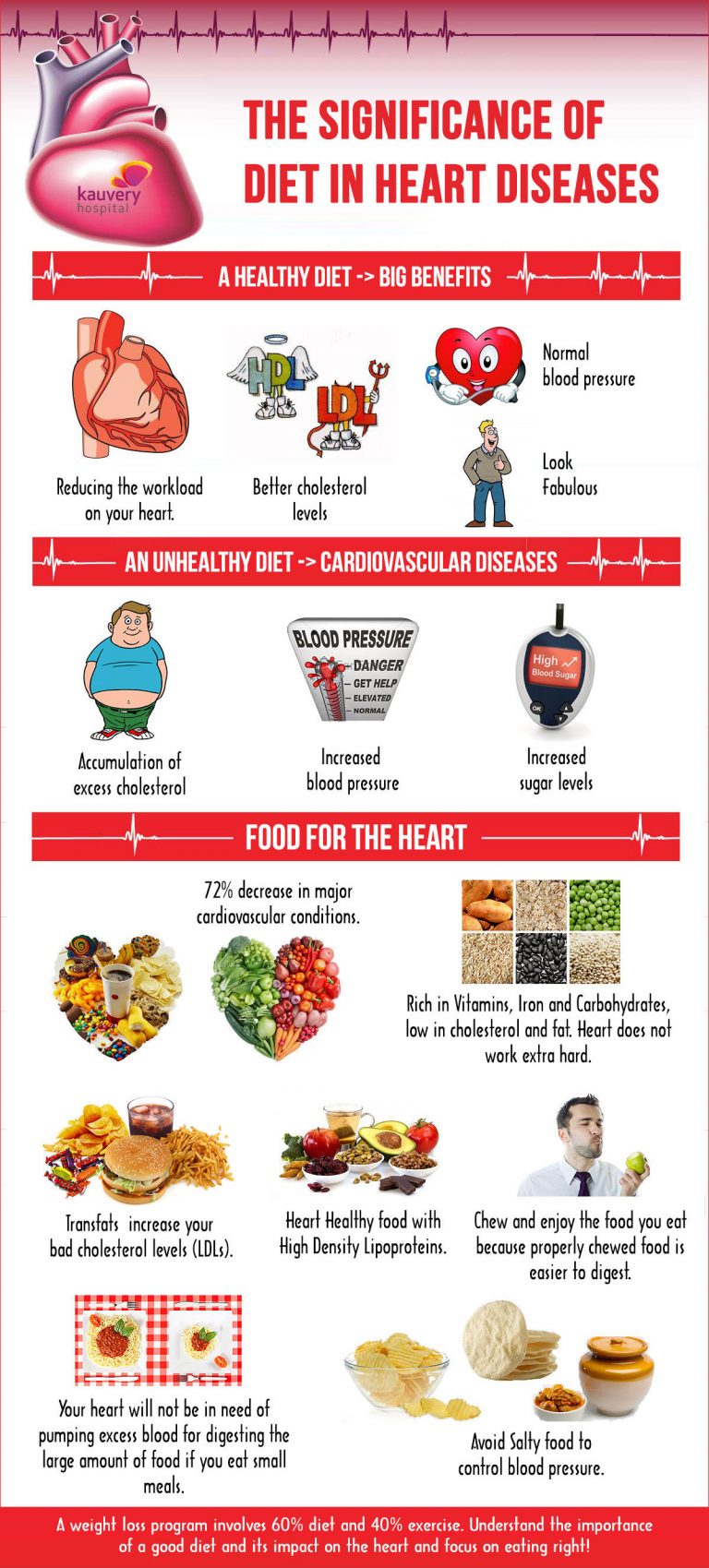
Creating a comprehensive description of food environments is a crucial first step toward promoting healthy diets and climate action. This will identify key points to improving diets and reducing climate risks. It will be possible to use metrics and tools to inform policy makers by providing a detailed description of the food environment. This article highlights key components that make up a healthy environment for food. It's not about assessing the pollution level or the quality of the food available. It should also include strategies that improve the diets of the planet and promote overall health.
Natural and built environments are both part of the food environment. The two types of environments are classified according to their level of complexity. Informal markets tend to be more prevalent in LMICs' rural areas than in urban areas. Access to healthy foods and markets influence food choices and can impact nutrition and health. Formal food market are common in urban areas. A well-designed environment can encourage people to eat healthy foods. It is not enough to have a healthy lifestyle. To encourage people to eat healthier foods, they must offer the opportunity for food-related activities.

When we examine the interactions between food systems and food systems, it is possible to gain a better understanding about food environment. In order to create a healthy diet, we need to understand how the food system works. The environment is a major factor in the food that we eat. The food environment of children and adults is different from that of adults. Despite these differences, healthy and unhealthy food are almost identical in the human body. Healthy food environments are essential to healthy eating habits.
The systematic analysis of all its elements is required in order to develop a food environment. The complex system of the food environment must be understood. A food environment includes affordability, promotion, accessibility, and quality. Every place will have a different food culture. These environments can have different dietary outcomes depending on the type of diet and socioeconomic status. However, the food environment can help prevent obesity and improve the health of people living in these regions.
Effective food environments are important for the health of all people. Its components impact on the health of people who live in a certain country. They have an impact on the nutrition and diet of people. Poorer people are more likely to be obese due to their food environment. To address these issues, the food environment must be improved. The environment should also be taken into consideration in a public-private partnership. It should also be transparent, accessible, as well as accessible to people from different cultures.

Healthy diets are dependent on the health of your food environment. How much food people consume and where they eat will be affected by changes in the environment. Healthy eating is dependent on the environment in which food is prepared at work, school, and restaurants. Additionally, food environments can influence the choices made by individuals. Most common foods are not found in the neighborhood. This means they should not be restricted to the city.
FAQ
Exercise: Good or bad for immunity?
Exercise is good exercise for your immune system. Exercise increases white blood cell production, which helps fight off infection. Your body also removes toxins. Exercise helps to prevent heart disease and cancer. Exercise can help reduce stress.
However, exercising too much can weaken your immune system. If you work out too hard, your muscles become sore. This can cause inflammation as well as swelling. In order to fight infection, your body must produce more antibodies. However, these antibodies can also cause allergic reactions and autoimmune diseases.
So, don't overdo it!
How can I lower my blood pressure
It is important to first understand what high blood pressure is. Then you need to take steps to reduce this cause. You can do this by eating less salt, losing weight, or taking medication.
Exercise is also important. Walking is a great alternative if you don't have the time or energy to exercise regularly.
If you're not happy with how much exercise you're doing, then you should consider joining a gym. A gym that has other members who are motivated by your goals will be a good choice. It is easier to adhere to a fitness routine when someone else will be there with you.
How much should my body weight be for my height? BMI chart & calculator
To determine how much weight loss you need, a BMI calculator is your best friend. A healthy BMI range should be between 18.5 and 24,000. If you want to lose weight, then you should aim to drop about 10 pounds per month. Simply enter your height, weight and desired BMI into the BMI calculator to calculate it.
This BMI chart shows you if it is possible to identify if you are either overweight or obese.
How often should i exercise?
Exercise is essential for maintaining a healthy lifestyle. However, there isn't a set amount of time you must spend working out. Finding something that you love and sticking with it is the key.
You should aim to do 20-30 minutes of moderate intensity exercise three times per week. Moderate intensity is when you still have to breathe hard after the workout. This type of exercise burns approximately 300 calories.
You can walk for 10 minutes every day if that is what you prefer. Walking is low impact and easy on your joints.
Jogging for 15 minutes three days a week is a good option if you prefer to run. Running is a great way of burning calories and building muscle tone.
Start slowly if you aren't used to doing exercise. Start by doing 5 minutes of cardio each day, a few times per week. Gradually increase duration until you achieve your goal.
Statistics
- According to the 2020 Dietary Guidelines for Americans, a balanced diet high in fruits and vegetables, lean protein, low-fat dairy and whole grains is needed for optimal energy. (mayoclinichealthsystem.org)
- According to the Physical Activity Guidelines for Americans, we should strive for at least 150 minutes of moderate intensity activity each week (54Trusted Source Smoking, harmful use of drugs, and alcohol abuse can all seriously negatively affect your health. (healthline.com)
- WHO recommends reducing saturated fats to less than 10% of total energy intake; reducing trans-fats to less than 1% of total energy intake; and replacing both saturated fats and trans-fats to unsaturated fats. (who.int)
- This article received 11 testimonials and 86% of readers who voted found it helpful, earning it our reader-approved status. (wikihow.com)
External Links
How To
What does the "vitamins” word mean?
Vitamins are organic compounds found naturally in food. Vitamins are necessary for us to absorb nutrients in the foods we consume. Vitamins cannot be made by the body; they must be taken from food.
There are two types vitamins: water soluble or fat soluble. Water-soluble vitamins dissolve easily when they are dissolved in water. You can find vitamin C,B1 or thiamine, B2 or riboflavin and B3 or niacin, B3/niacin, B6/pyridoxine, folic Acid, biotin and pantothenic Acid as examples. The liver and fat soluble vitamins are stored within the liver and in fatty tissue. Some examples include vitamin D and E, K, A and beta carotene.
Vitamins can be classified according to biological activity. There are eight major vitamin groups:
-
A - Vital for normal growth and maintaining good health.
-
C is important for nerve function and energy production.
-
D - necessary for healthy bones and teeth.
-
E is required for good vision and reproduction.
-
K - required for healthy muscles and nerves.
-
P - Essential for strong bones and teeth.
-
Q - Aids in digestion and absorption.
-
R is required for the production of red blood cells.
The recommended daily allowance for vitamins (RDA) varies based on gender, age, and physical conditions. The U.S. Food and Drug Administration sets RDA values.
For example, the RDA for vitamin A is 400 micrograms per dayfor adults 19 years or older. However, pregnant women need 600 micrograms per day because it is important for fetal development. Children ages 1-8 require 900 micrograms per day. For infants younger than one year, 700 micrograms are required daily. However, this number drops to 500 micrograms each day for children aged 9-12 months.
Children aged between 1-18 years require 800 micrograms of sugar per day, while overweight children need 1000 micrograms. Children who are underweight receive 1200 micrograms every day to meet their nutritional requirements.
Children 4-8 years old who have anemia must consume 2200 micrograms of Vitamin C daily.
2000 micrograms per person is necessary for general health. Breastfeeding or pregnant women require 3000 micrograms per daily due to higher nutrient demands.
Adults over 70 years of age need 1500 micrograms per day since they lose about 10% of their muscle mass each decade.
Women who are pregnant, nursing or breastfeeding need more than the RDA. Pregnant woman need 4000 micrograms daily in pregnancy, and 2500 per day after childbirth. Breastfeeding moms need 5000 micrograms each day when breastmilk production occurs.